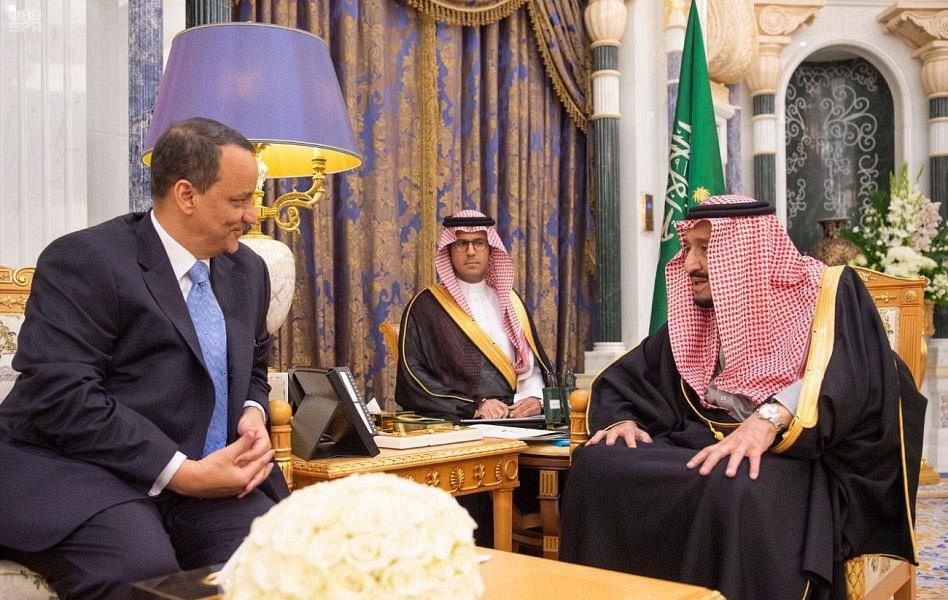
On 1 February 2021, reporter Ko Zin Lin Htet received a panicked phone call from a source in Yangon, Myanmar’s most populous city. The caller said the military had seized power and was arresting opposition politicians, then hung up. Ko Zin Lin Htet remembered what he did next: “I checked my phone and my internet connection. There was nothing there.”
He got on his motorbike and drove to the parliament, where he saw military personnel, not police, guarding the buildings. At that moment, Ko Zin Lin Htet realised there had been a coup – and that by cutting internet access, the new junta had thrown the country back into the pre-internet era.
For months the military had been questioning the results of the November 2020 election, won in a landslide by Aung San Suu Kyi’s National League for Democracy. The coup took place on the day the new parliament was due to be sworn in.
In the early hours of the morning, the junta had sent soldiers to the country’s internet providers to force engineers to shut down connections to the outside world. It was the first stage of a digital coup designed to exert control over communications by slowing and strategically shutting off the internet.
Nathan Maung was another Burmese journalist who recalls the confusion and disbelief on the day of the military takeover. “The internet was out.” He looked for his most recent texts – “The last messages from my friends said, ‘Shit happened’. I have no clue what shit happened.”
The whole country had been plunged into an information black hole.
‘Cloak of darkness’
From Ukraine to Myanmar, government-run internet outages are picking up pace around the world. In 2021, there were 182 shutdowns in 34 countries, according to Access Now, a non-government organisation that tracks connectivity around the world. Countries across Africa and Asia have turned to shutdowns in a bid to control behaviour, while India, largely in the conflict-ridden region of Jammu and Kashmir, plunged into digital darkness more times than any other last year.
The increasing use of the kill switch underlines a deepening global trend towards digital authoritarianism, as governments use access to the internet as a weapon against their own people. Internet shutdowns have also become a modern canary in the coalmine.
“The internet going off is well known in many countries to be a sign or a signal that something bad is about to happen,” says Simon Angus, an economist from Monash University whose Monash Internet Observatory tracks global internet connectivity in real time. “That seems to be aligned closely with human rights abuses because it really is a cloak of darkness.”
The shutdowns disconnect emergency workers and hospitals and paralyse financial systems, yet governments are using them with ever more frequency. Figures from Access Now show outages increased globally 15% in 2021, compared with the year before. Such outages cause immense economic damage – an estimated $5.5bn last year – but go largely unnoticed by the outside world, because information flows in and out of the affected countries have been severed.
The UN Human Rights chief, Michelle Bachelet, in June condemned internet shutdowns: “Switching off the internet causes incalculable damage, both in material and human rights terms.”
‘There’s no freedom’
In Ukraine, that cloak of darkness fell one hour before Russia’s invasion in February, when a massive state-sponsored cyber-attack on a key satellite internet network knocked tens of thousands of Ukrainian modems offline, while Sudan severed the internet after its military coup. Civil unrest in Ethiopia and Kazakhstan has triggered internet shutdowns as governments try to prevent political mobilisation and stop news about military suppression from emerging.
Yet experts say Myanmar has enforced the sharpest restrictions on internet freedom on record.
“Every different style of outage was reflected in the first few weeks [of the coup],” says Doug Madory of Kentik internet monitoring platform.
After sporadic daylong shutdowns in mid-February, the junta began shutting off the internet every night, an act that continued with metronomic regularity for three months. Under the cover of digital darkness, they carried out nightly raids, smashing down doors to drag out high-profile politicians, activists and celebrities. The raids had a profound psychological toll.
“I used to chat with my friends late at night,” says one woman from Yangon. “As 1am approached every night, that feeling of frustration would start building. It felt like they controlled everything. There’s no freedom.”
The nightly shutdowns became “a form of terror”, according to Angus. “It becomes a psychological rhythm and marker that people have to endure. It sends a signal as well. It says: ‘We’re still in control.’”
The period of nightly outages was followed by a complete nationwide shutdown for 73 days.
Impact of shutdowns
Internet shutdowns are not just used by governments facing civil unrest. Every year millions of internet users from Sudan to Syria, Jordan to India also lose internet access during exam season as governments pull the plug in a bid to avoid hi-tech cheating.
For the past five years, 21-year-old trainee doctor Aya Hich has been forced to sit her medical exams in Algeria without access to the internet. That’s because every year the government severs the internet for five days to ensure that high school students do not cheat on their baccalaureate exams.
“It is always frustrating year after year that we have to be cut off from the rest of the world,” Hich says.
The economic costs – and other less obvious impacts – of shutdowns radiate across industries. Sudanese architect Tagreed Ahdin remembers the difficulties of surviving for a month with no online banking when the new military junta shut down the internet in 2021. “We raided the kids’ wallets and pooled everything,” she says. But one of the biggest issues was simply staying cool in the 40-degree heat, when the apps selling electricity no longer functioned.
“Our first panic moment came when we realised we couldn’t buy electricity,” she says. “We were shutting down everything all over the house, while the kids begged for air conditioning. It was so hot.”
India leads total shutdowns globally. In 2021, the world’s largest democracy shut off its internet 106 times – more than the rest of the world combined. Hardest-hit was the conflict-ridden region of Jammu and Kashmir, which was subject to 85 shutdowns under the guise of containing separatist violence. The blackouts shut down Zoom classes for students, stopped doctors from communicating with their remote patients and crippled the banking system, causing mortgage holders to default on their loans. Apple crops rotted before they could be sold and businesses were paralysed.
“We didn’t have anything to do. We weren’t even able to watch television,” says Sajid Yusuf Shah, a criminal lawyer turned media entrepreneur. “I was in a depression at that time. We feel helpless, we feel isolated, we feel handicapped.”
India’s high level of shutdowns highlights a concerning trend, says David Kaye, a law professor at the University of California Irvine and a former UN special rapporteur for freedom of expression.
“One way of thinking about how bad it is [is] to see how it’s spread from places like Tajikistan or Togo or southern Cameroon, where rule of law is already pretty spotty, to a place like India.
“It’s migrated into a toolbox for governments that actually do have the rule of law.”
This article was amended on 29 August 2022. Yangon is Myanmar’s most populous city, not its capital.











